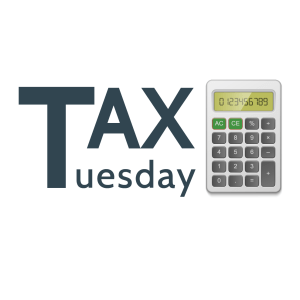[ad_1]
Unsure about the tax deductions available to employees for travel allowances and motor vehicle usage? Then you’re in the right place, as this blog post will provide more insight into this question. But first up, we need to understand the difference between a travel allowance and the right of use of a motor vehicle.
Travel allowance: Use of employee’s private vehicle
A travel allowance is any advance granted or an allowance paid to you by your employer for the use of your private motor vehicle for your employer’s business purposes.
However, any travel expenses allowance or advance spent on private travelling (like your commute between home and work, or any other private travelling), will not be regarded as travelling for business.
Right of use of a motor vehicle: Vehicle purchased by the employer
The right of use of a motor vehicle is classified as a fringe benefit. In this scenario, you are given the right of use of any motor vehicle that belongs to your employer for private or domestic use.
Let’s talk allowable deductions
Travel allowance
If you travel for business, a travel expense deduction is granted on your business travel expenditure. This can be determined in one of the following two ways:
- Using actual figures. You can provide actual business expenditure figures which are acceptable to the Commissioner. To do this, you need to keep a detailed record of all business expenditures; or
- Using kilometres travelled: Here you use the actual business kilometres travelled and a deemed cost per kilometre.
In each of the above cases, you would need to keep a logbook for all business travel kilometres and expenditures.
Right of use of a motor vehicle
As mentioned above, the right of use of a motor vehicle is classified as a fringe benefit. Although this benefit is usually not paid in cash but included in your gross income, you’ll still be taxed on it. The fringe benefit amount is 3.25% of the determined value of the motor vehicle (subject to a maintenance plan) for each month that you are entitled to use the vehicle for private purposes. The determined value is equal to the cost your employer incurred to acquire the motor vehicle.
When the annual income tax return is being prepared, the value of the fringe benefit must be reduced by the ratio that the business mileage bears to the total distance travelled during the year of assessment. For this purpose, accurate records of the distances travelled for business must be kept.
You can further reduce the value by including costs such as license fees, insurance or maintenance, which you as the employee, paid for during the year of assessment. These costs are limited to the ratio that represents the kilometres travelled for business.
Tax Tuesday

Being tax efficient is an important part of great financial management. In this blog, a group of South African tax experts at AJM Tax share their tips and explanations on tax issues. Learn everything you need to know about tax, from deductions you never knew about to retirement savings and capital gains. The first Tuesday of every month is Tax Tuesday.
[ad_2]
Image and article originally from justonelap.com. Read the original article here.

